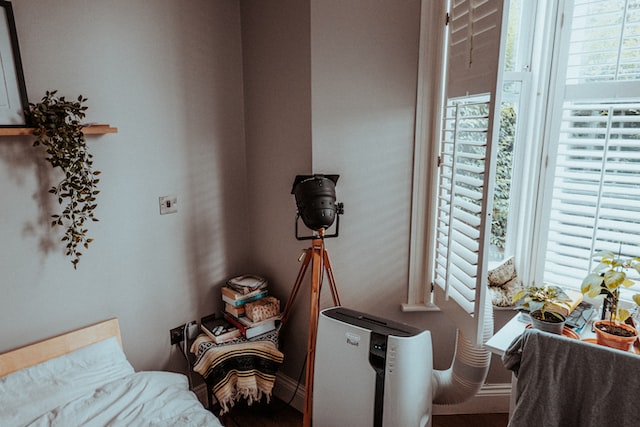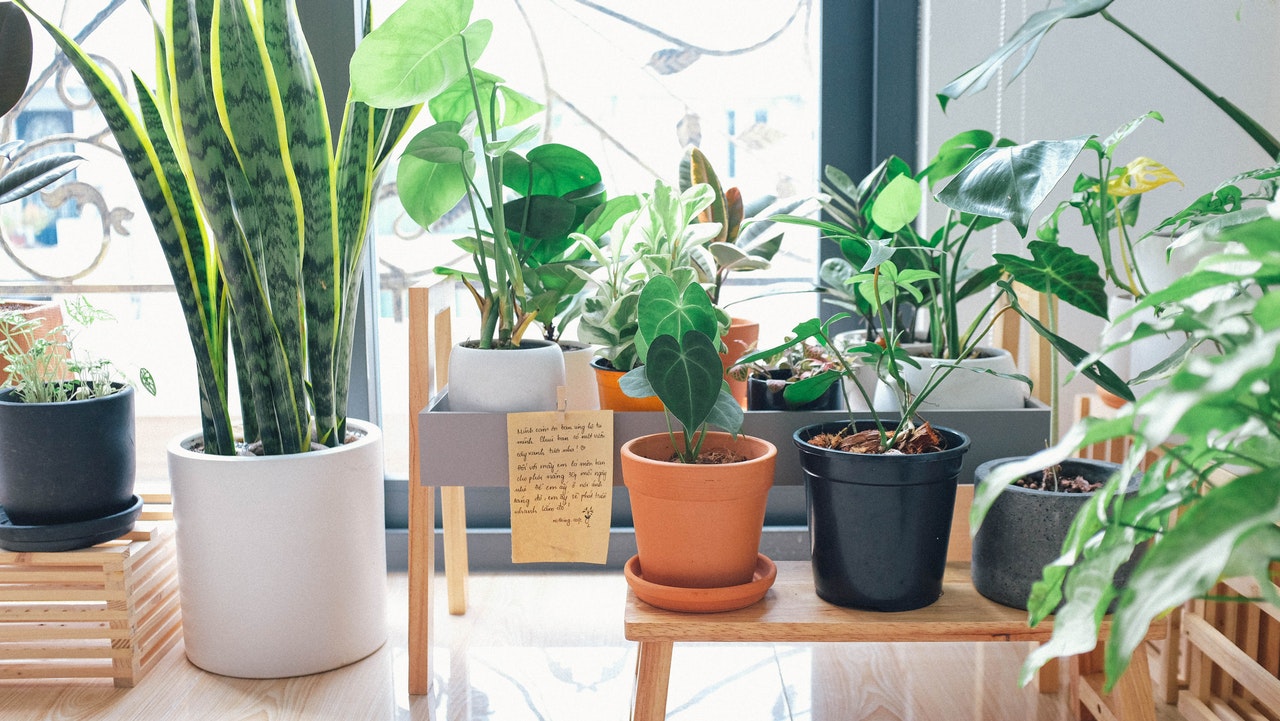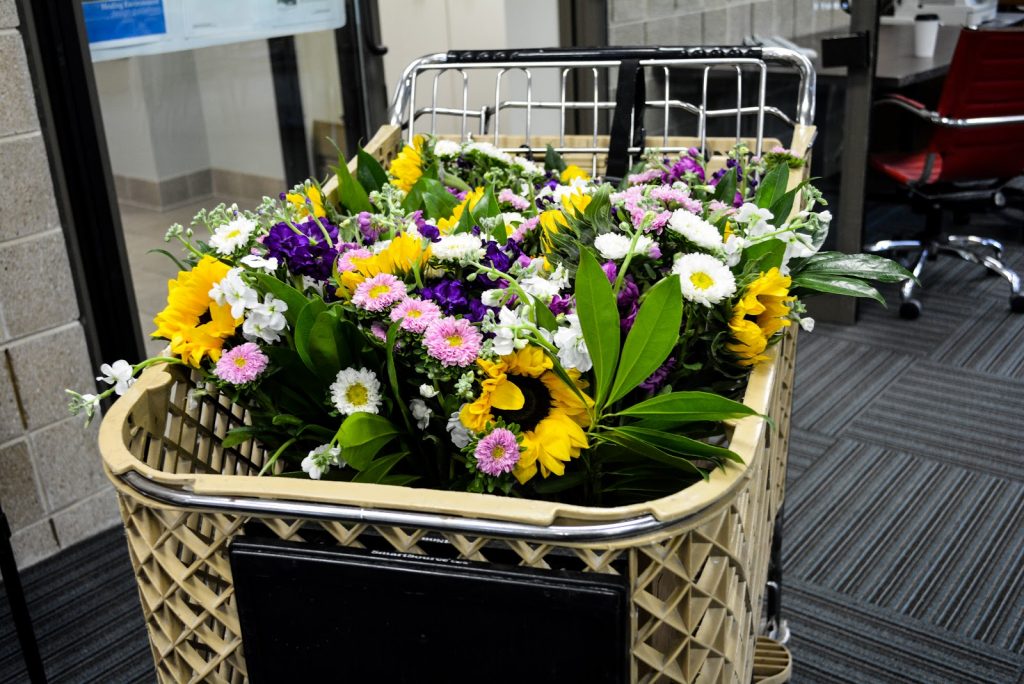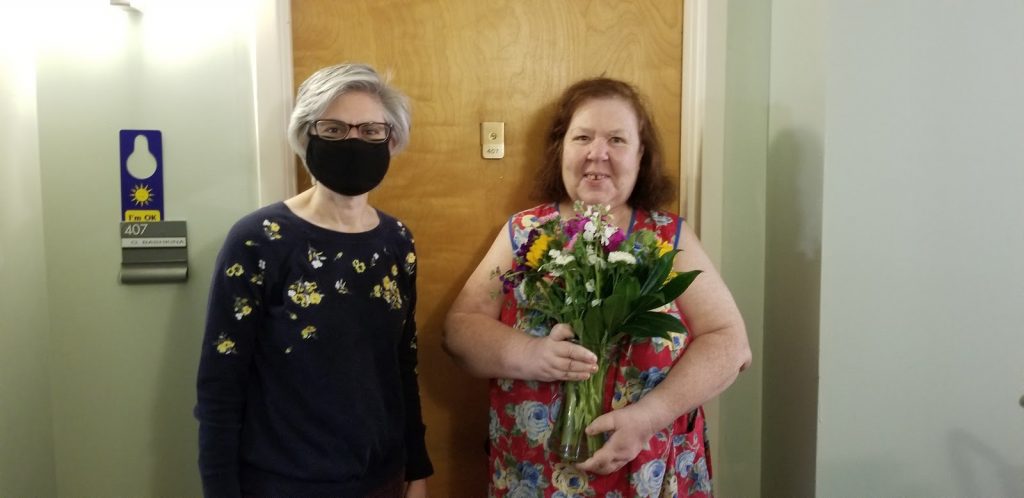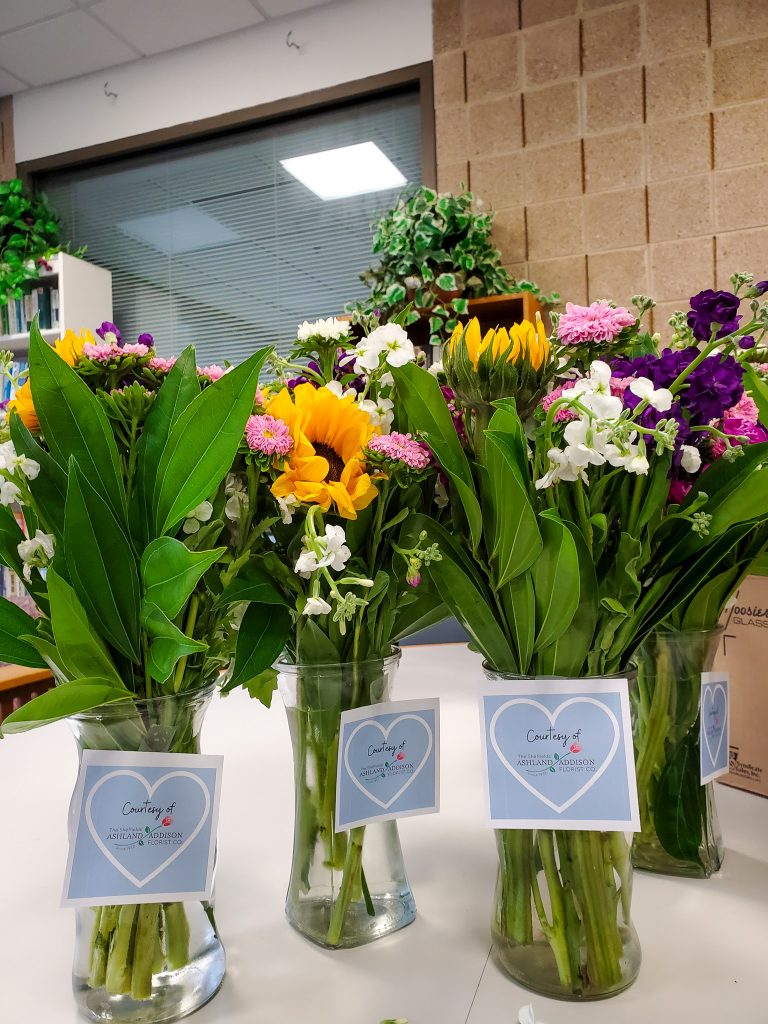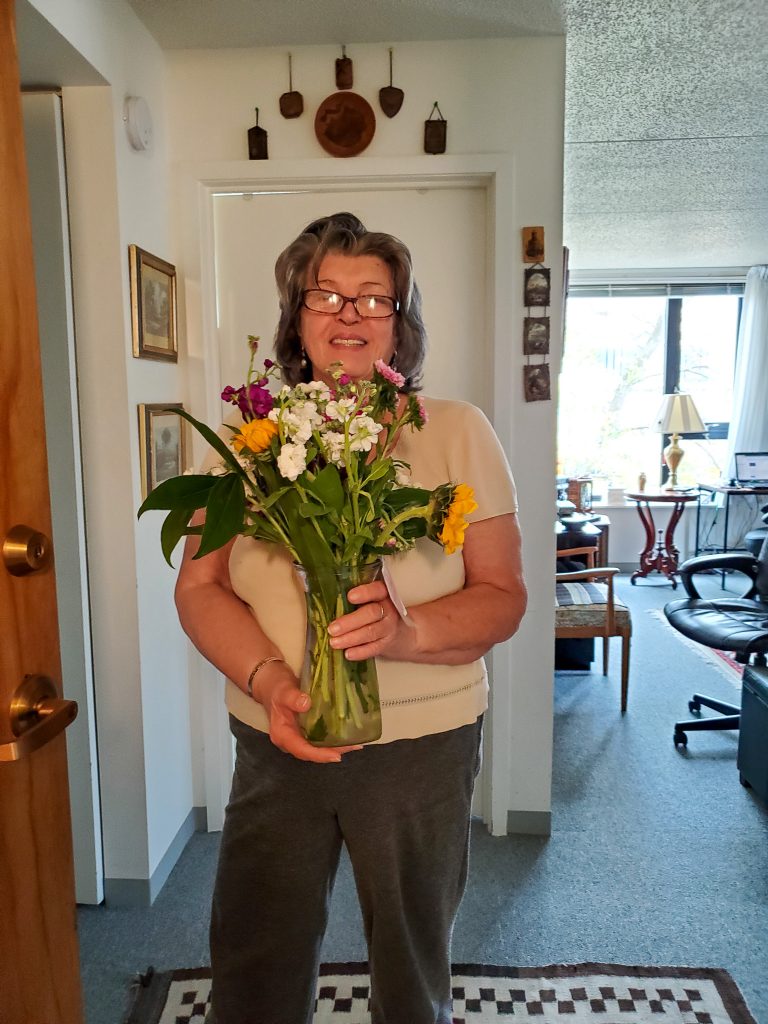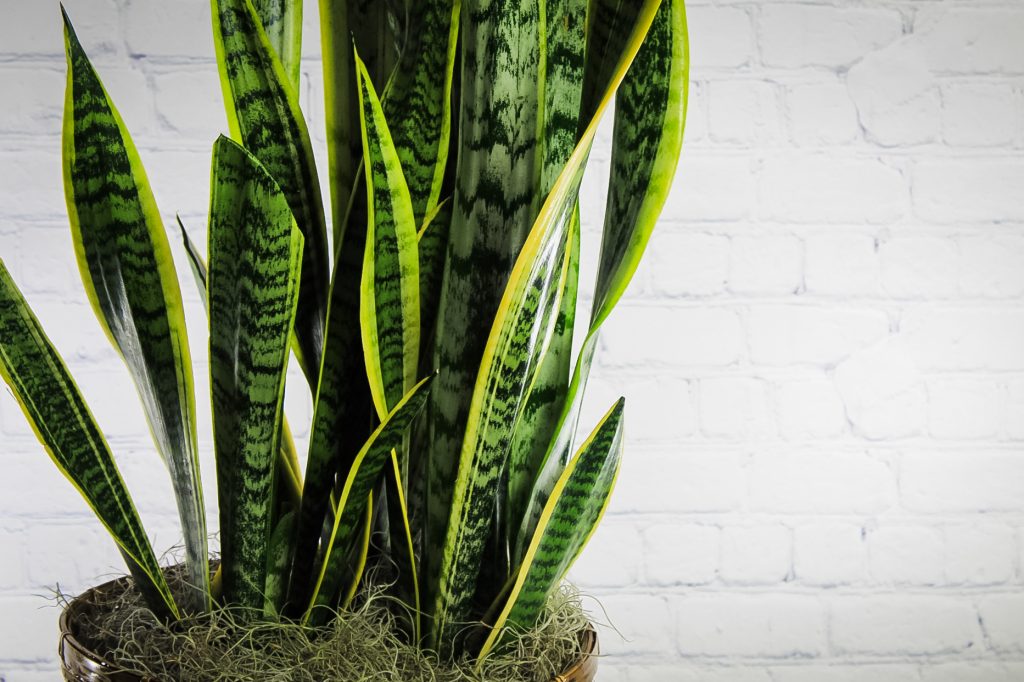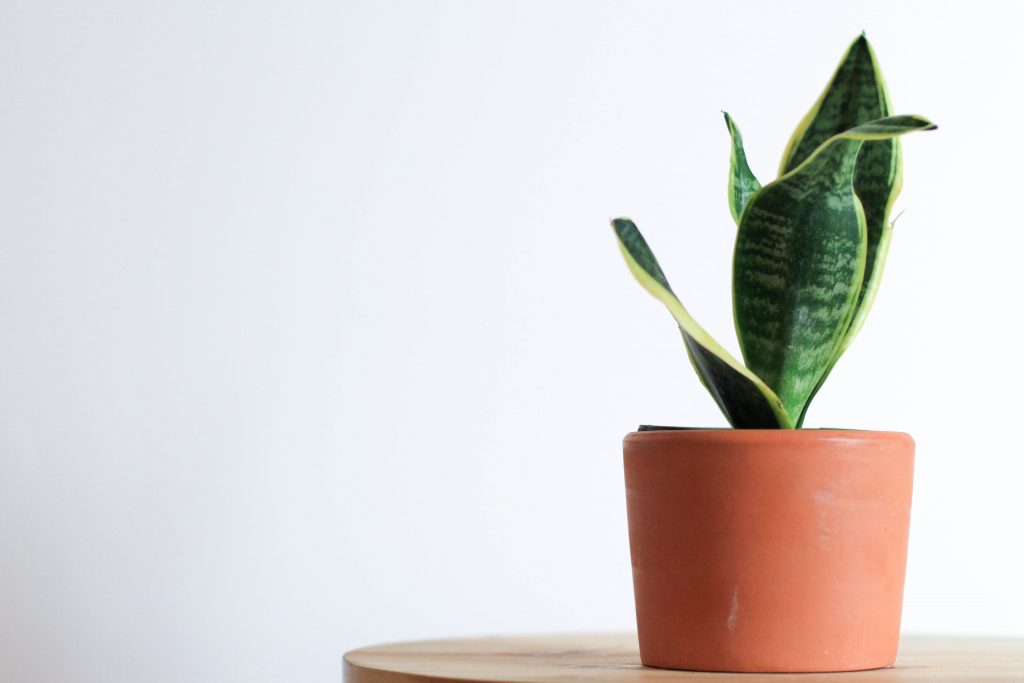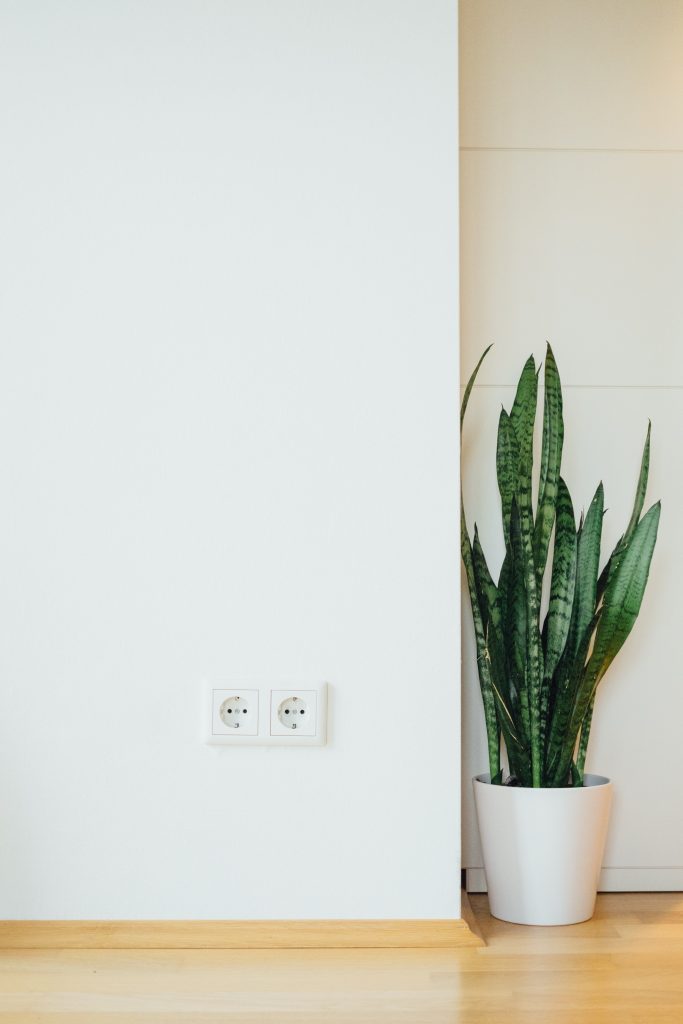Original article was posted on Porch.com (Tips from the Experts: Improving Indoor Air Quality at Home)
Written by: Daniela Gonzalez
“Good indoor air quality is essential to living in a healthy home. The quality of the air outdoors is primarily out of our control, but indoor air quality is not. Having the option to measure and regulate a home’s indoor air quality is critical for residents’ health and safety.
Here, we answer these questions and offer practical tips from experts to have good indoor air quality at home.
Can indoor plants really purify the air? If so, could you give a brief example which are the best ones to have at home.
We can all agree that plants make a beautiful addition to any room, but they’re so much more than a piece of decor. Plants can help reduce anxiety, enhance concentration/memory, boost creativity, and even remove toxins from the air. A famous NASA experiment found that indoor plants help to clean the air of cancer-causing compounds like formaldehyde and benzene. While almost any plant you have in your home will help bring you joy and health, our favorite easy-to-care-for picks include Snake Plants, Peace Lilies, Monsteras, or Dracaena Plants.
-Diane Meifert from Ashland Addison Florist
How can indoor air quality affect your health and cause you allergies?
Sometimes we think shutting ourselves inside can help protect us from indoor allergens, but on the contrary, the indoors is where allergenic culprits like mold, dust, and (eew) insect droppings can linger and cause problems for allergy sufferers. This is why it’s important to pay attention to the factors that contribute to good indoor air quality.
Having a regular cleaning routine, regularly changing air filters, and limiting moisture in the home, like checking for leaks and keeping an eye on the humidity levels, will improve air quality and help keep allergy symptoms at bay.
-Goldyn Daupin from Aspire Allergy
What are the benefits of having an air purifier in your home?
An air purifier or air cleaner is a device which removes contaminants from the air in a room to improve indoor air quality, here are some of the benefits that a Mars Purifier has.
- Relieves Symptoms of Asthma.
- Eliminates Harmful Chemicals from Indoor Environments.
- Neutralizes Unpleasant Odors.
- Reduces the Chances of respiratory illness – asthma, COPD
- Improves Sleep.
- Eliminates Hazardous Asbestos Particles.
- Can Increase Life Expectancy.
-Lisa Williamson from Mars Purifier
How does dust in the home ventilation system might affect your health and how to prevent it?
Dust can accumulate in your air conditioning or home ventilation system over time, affecting your family’s health and causing allergies, coughing, sneezing, hayfever, and asthma attacks.
Dust in the air can contain a variety of nasties such as dander (dead skin cells), pollen, and airborne soil, all of which can cause health problems.
Dust is classified according to the particle size of the dust particles, for example, PM10 is a large dust particle and PM2.5 is a smaller dust particle. Most air conditioning and ventilation systems have standard filters that easily filter out PM10 dust particles, but it is the smaller PM2.5 dust particles that can be drawn through your HVAC system and distributed through the airstream into your home.
It is critical to have your system serviced on a regular basis by an air conditioning professional to help remove accumulated dust. They will be in the best position to assess the system and recommend corrective measures to control the dust, such as:
- Replacing your filters
- Deep cleaning your air conditioner’s coils
- Upgrading or adding additional filters
- Installing an Airliy whole-home active air purification system.
-Phil Crawley from SmarterAir
How can you improve indoor air quality during wildfire season?
The best way to improve your air quality during wildfire season is by installing HEPA air purifiers throughout your home, office, school, or any indoor space you spend time in.
WYND provides indoor air quality solutions such as the WYND Max Room Purifier which uses 2x HEPA filters to purify any 1,200 square foot space within 30 minutes. Pair the Max Purifier with the WYND Halo Air Quality Monitor to get real time data on the environment and automatically adjust the Max accordingly.
Good indoor air quality shouldn’t just be a priority during wildfire season, but also year round, as it can reduce disease spread, improve overall health, and enhance productivity.
-Ray Wu from WYND
What are the most common signs of bad indoor air quality?
The most common sign of indoor air quality problems is detrimental health effects to those within the property. These can include irritation of the eyes, nose, and throat, and lungs as well as headaches, dizziness, and fatigue. Poor indoor air quality can also sometimes show in high levels of mold and bacteria or a stale smell in the property. It is critically important that if experiencing these health issues, an air quality test is performed to assess the air quality needs of the property.
-Nathan H. from NextDay Inspect
How can you monitor indoor air quality in your house to avoid causing health problems?
Unfortunately, most of us are unaware of our homes indoor air quality. When our home air is poor it can affect our health, lung function and can lead to disease or cancer. Home air quality is affected by radon gas, seasonal weather, renovations, higher humidity, cleaning products, dust, cooking, social gatherings, pets, and unwelcome pests. At SunRADON®, we created lüft®, an IAQ measurement device that monitors environmental conditions for: radioactive Radon Gas, Humidity, VOC, CO2, Temperature and Pressure. lüft® calculates baseline and long-term indoor air quality values. lüft® provides visual color changes for air status and a full report is obtained from the mobile app. lüft® can automatically send data to or be monitored by your air care professional. With indoor air data from lüft® you are empowered to improve your homes indoor air quality to protect your family and pets.
-Laura Armul from SunRadon
How does household mold affect indoor air quality and how to avoid mold formation?
Air conditioner units are unfortunately one of the places mold love to invade. Undetected mold can spread rapidly in your home and if you don’t do anything about it, it could hamper your health as well as your family’s health. If you think your air conditioner has slight to moderate levels of mould you can have it removed by cleaning, proper ventilation or by exposure to sunlight.
Just like your car, your air conditioner needs to be properly maintained, cleaned and sanitized. Regular cleaning of your air conditioner prevents mold, dust, and other harmful toxins or allergens from entering your home through your air conditioner. Moisture also settles inside your air conditioner where mould and bacteria can thrive.
-John Sanders from HydroKleen
How does toxic paint affect your health and air in your house, which paint should you choose instead?
- VOC” stands for “Volatile Organic Compounds,” which the EPA defines as any compound of carbon, excluding carbon monoxide, carbon dioxide, carbonic acid, metallic carbides or carbonates and ammonium carbonate, which participates in atmospheric photochemical reactions, except those designated by EPA as having negligible photochemical reactivity.”
- Depending on the compound, VOCs can severely impact indoor air quality and result in negative health consequences. While short-term issues might be irritation of the eyes, nose or throat, or nausea and dizziness, some VOCs have the capability of causing liver or kidney damage, or even cancer.
- “Zero VOC” does not mean zero emissions – or necessarily even zero VOC! This is because government regulation of VOC is not concerned with toxicity or health; it is based simply on the fact that some VOCs react with nitrous oxides and ultraviolet light to form low level ozone, or smog. Any VOC that doesn’t cause smog, known as “exempt compounds,” does not count against a manufacturer’s VOC levels, allowing the product to be marketed as “zero” VOC. The EPA itself acknowledges that this has caused “misunderstanding in the marketplace and in the environmental community.”
- Along these lines, the fact a paint is “zero VOC” also does not mean that it does not contain toxic ingredients like formaldehyde, ammonia, acetone or odor masking agents (fragrance), or that it is free from off-gassing. And, if it does contain a masking agent or fragrance, then that is just another unnecessary chemical that could be hiding whatever effects may be occurring from chemicals coming off the paint.
- Reducing exposure to VOCs is possible! This is why it is so important to check the ingredients of the products you are considering using in your home. Some of the worst offenders the EPA recommends avoiding include formaldehyde, methylene chloride, benzene and perchloroethylene. And, as with any project where you’re using building materials, proper ventilation is key.
To make a paint that works from a health and reduced toxicity standpoint, you have to build it from the ground up – and that is what AFM Safecoat has been doing for the last 30 years. All our products use high-quality, refined resins and raw materials to avoid the residual chemical compounds that off-gas and cause problems for people with allergies or sensitivities. Our products also contain no formaldehyde and no formaldehyde precursors – ever.
-Jay Watts from AFM Safecoat
How to test the EMF in your home and how to shield your bedroom from unnecessary exposure?
To begin with, you need to know that you’ll actually be measuring three types of EMFs. They are:
- RF (radiofrequency radiation— the kind of EMF your cell phones, laptops, and tablets emit)
- ELF-magnetic (extremely low-frequency magnetic fields— the kind that your electrical appliances like refrigerators and electrical wiring emit)
- ELF-electric (extremely low-frequency electric fields— also emitted by appliances and power lines.)
It likely won’t surprise you to know that all these EMF types require different types of meters.
But there’s good news.
You can get an EMF meter called the TriField, which will measure all three types of EMF radiation in one device. And surprisingly, it’s also relatively affordable and reasonably accurate.
Reducing EMF in your bedroom means avoiding powerful EMF emissions from your gadgets for an average of ten hours. And over time, this goes a long way to protect you from the health problems that tag along with prolonged EMF exposure.
Here are some of the ways you can do that.
- Keep electronics out of the bedroom (this means no sleeping with your phone. And if you can avoid using your phone two hours before bed, that’s even better)
- Turn off your WiFi at night (this reduces unnecessary EMF exposure)
- Don’t use electric blankets (they emit very high levels of radiation)
- Don’t sleep on a metal coil mattress (it’s like laying on a radiation antenna)
- Turn off your bedroom adjacent breakers (this will help you avoid electric fields exposure)
- Keep your furniture away from appliances (again, the further you are from electrical appliances, the lower your electric & magnetic fields exposure will be)
- Get rid of dimmer switches (they contribute to dirty electricity)
- Avoid using synthetic materials (they’re a huge source of static electricity exposure)
-R Blank, CEO of Shield Your Body“
